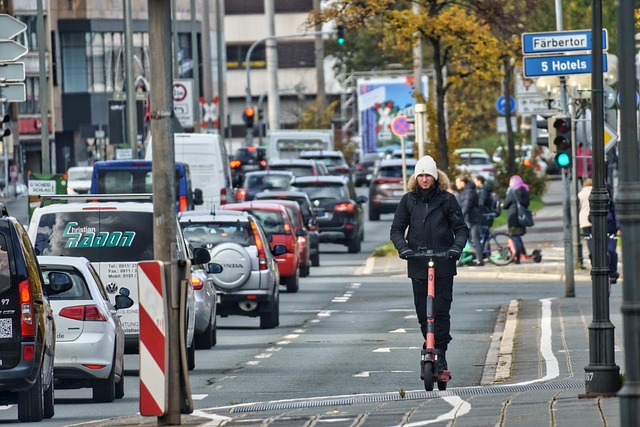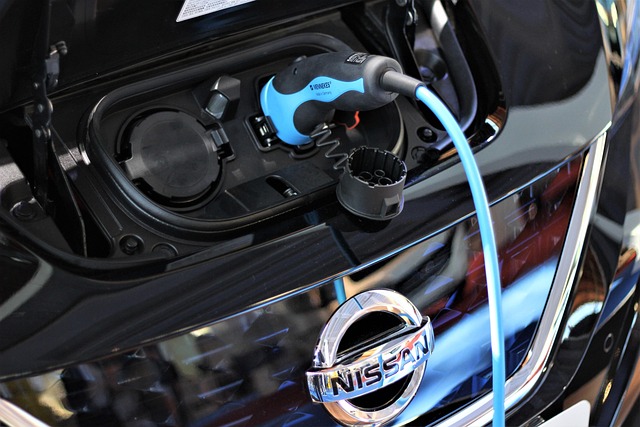In an era where urbanization is at an all-time high, the concept of smart cities emerges as a beacon of hope for sustainable transportation and rural development. The rapid growth of cities has led to increased congestion and pollution, making the quest for transport sustainability more urgent than ever. Smart cities integrate cutting-edge technology and data-driven solutions to create efficient, eco-friendly transportation systems that not only benefit city dwellers but also have profound implications for surrounding rural areas.
Transport sustainability in smart cities revolves around several key principles: reducing greenhouse gas emissions, promoting public transportation, and enhancing the use of non-motorized forms of transport like cycling and walking. The implementation of intelligent traffic management systems allows for real-time monitoring and adjustments, making the flow of traffic smoother and minimizing delays. As cities embrace electric and autonomous vehicles, they move closer to a future where transportation is less reliant on fossil fuels, promoting a cleaner environment and healthier communities.
But what does this mean for rural development? Smart cities do not exist in isolation; they are part of a broader regional ecosystem. Improved transportation networks extending from urban centers to rural areas create opportunities for job growth and economic development. When public transport routes connect rural communities with urban job markets, they help reduce unemployment in remote areas and contribute to a balanced socio-economic structure. This connectivity fosters an exchange of goods, services, and ideas, enhancing the overall quality of life for all residents.
Moreover, smart city initiatives often include plans for sustainable agriculture, utilizing technology to support farmers in rural areas. Drones for crop monitoring, automated irrigation systems, and smart logistics for food distribution are examples of how urban innovation serves rural development. Hence, when cities invest in sustainable transport systems, they also pave the way for agricultural advancements, ensuring food security and promoting eco-friendly farming practices.
The collaborative spirit of smart cities encourages partnerships between urban planners, local governments, and rural stakeholders. By engaging communities in the decision-making process, they ensure that the needs of rural populations are addressed and that their unique challenges are not overlooked. This inclusive approach cultivates a sense of ownership among residents, making them active participants in the sustainable transformation of their environments.
In conclusion, as we look to the future, the interplay between smart cities, transport sustainability, and rural development becomes increasingly clear. By harnessing the power of technology and innovative transportation solutions, we can build a world where cities and rural areas thrive together, creating a vibrant, sustainable ecosystem that benefits everyone. As we navigate this journey, it’s essential to remember that the success of the smart city movement relies on fostering an equitable and inclusive framework that seeks to uplift all communities, urban and rural alike.



